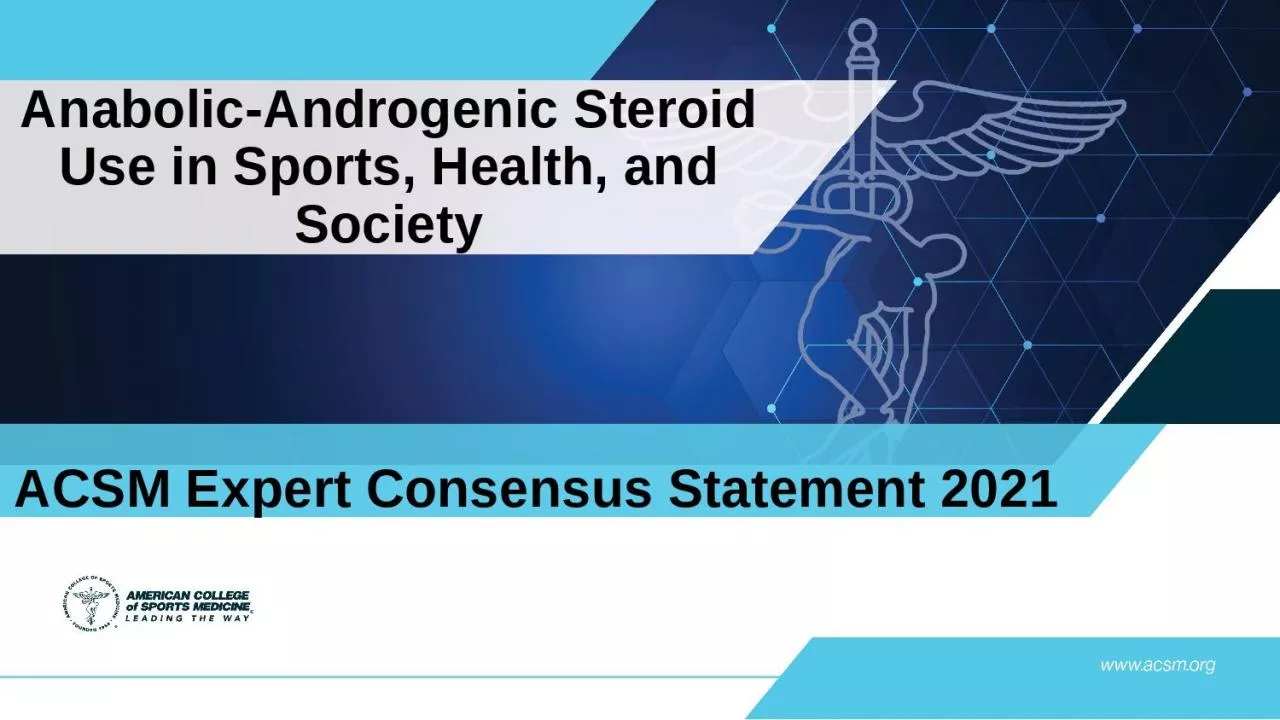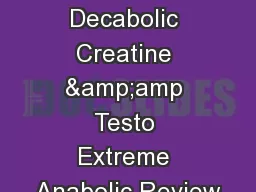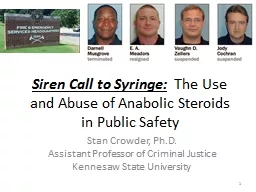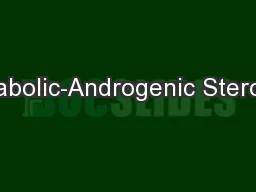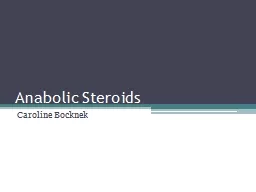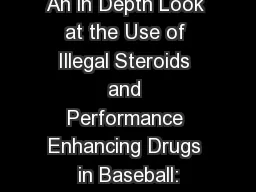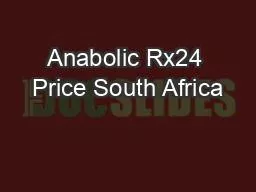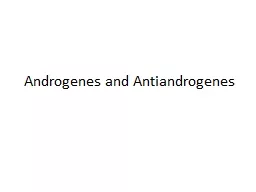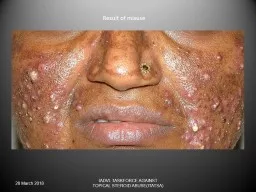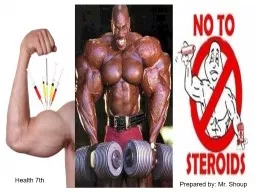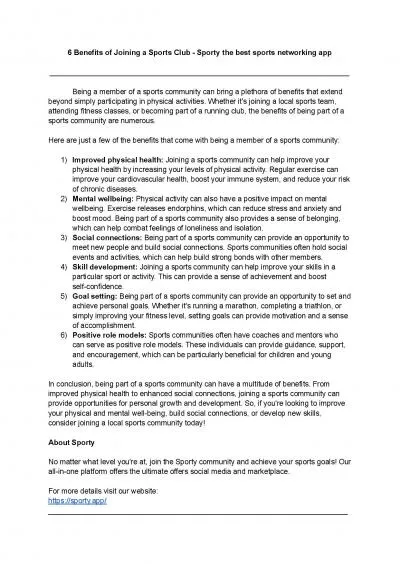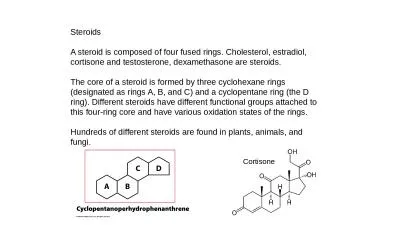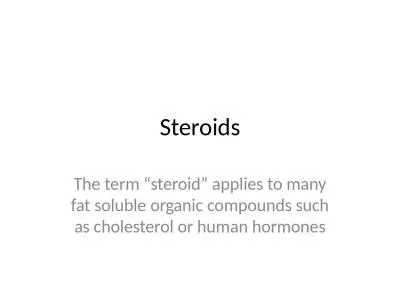PPT-Anabolic-Androgenic Steroid Use in Sports, Health, and Society
Author : freya | Published Date : 2023-05-22
ACSM Expert Consensus Statement 2021 Purpose of the Update To summarize the current evidence on the use of anabolicandrogenic steroids AAS and extend the recommendations
Presentation Embed Code
Download Presentation
Download Presentation The PPT/PDF document "Anabolic-Androgenic Steroid Use in Sport..." is the property of its rightful owner. Permission is granted to download and print the materials on this website for personal, non-commercial use only, and to display it on your personal computer provided you do not modify the materials and that you retain all copyright notices contained in the materials. By downloading content from our website, you accept the terms of this agreement.
Anabolic-Androgenic Steroid Use in Sports, Health, and Society: Transcript
Download Rules Of Document
"Anabolic-Androgenic Steroid Use in Sports, Health, and Society"The content belongs to its owner. You may download and print it for personal use, without modification, and keep all copyright notices. By downloading, you agree to these terms.
Related Documents

